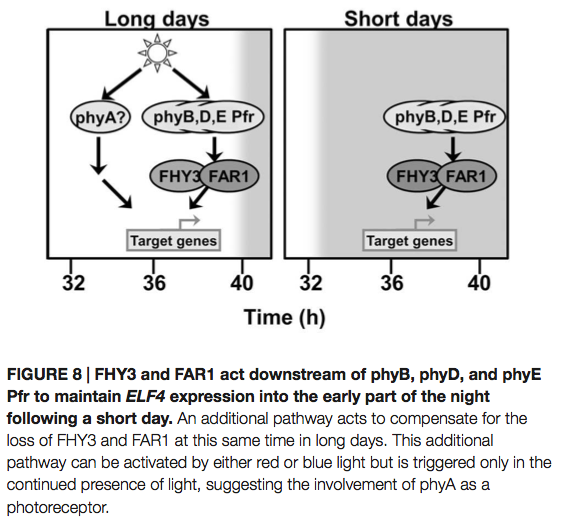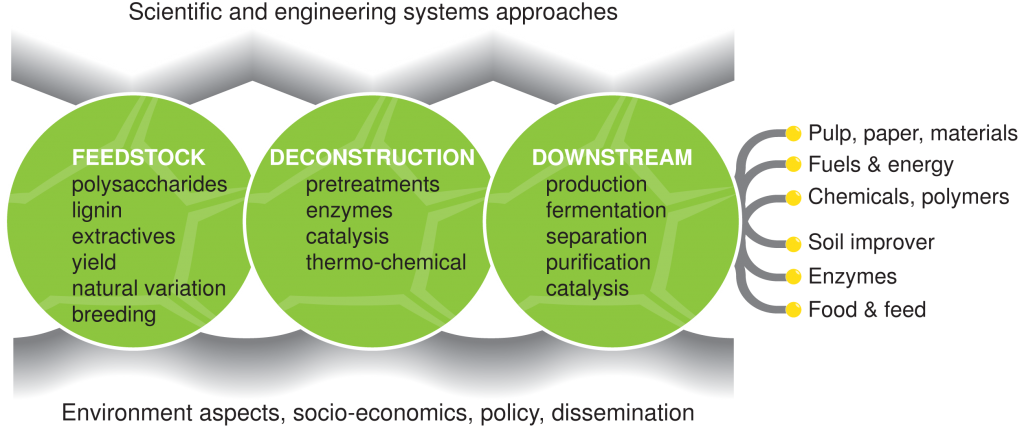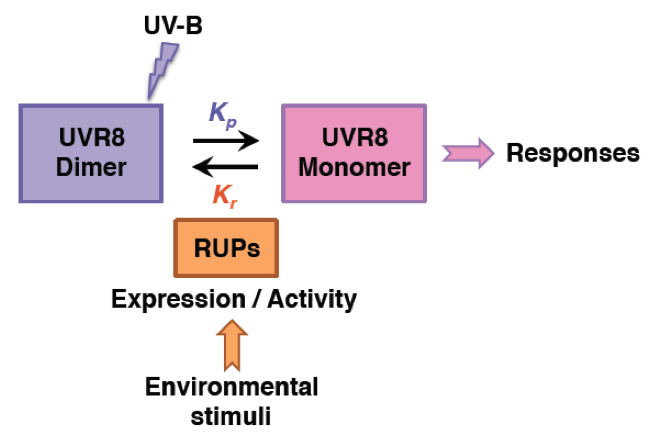This weeks Arabidopsis Research Roundup contains an eclectic mix of investigations. Firstly is a study from Peter Unwin that investigates the molecular factors that control interactions between plants and nematode parasites. Secondly is a study led by John Christie that investigates the factors that control hypocotyl curvature. Thirdly is a fascinating proof-of-concept synbio-style study from Rothamstead Research where an algal gene is transferred into Arabidopsis in the hope of developing a phytomediation-based solution to heavy metal contamination. Fourthly is a study from David Bass that catalogues protist species that feed on leaf-microorganisms whilst finally John Carr heads a study that compares RNA-dependent RNA polymerases from Arabidopsis and Potato.
Eves-van den Akker S, Lilley CJ, Yusup HB, Jones JT, Urwin PE (2016) Functional C-terminally encoded plant peptide (CEP) hormone domains evolved de novo in the plant parasite Rotylenchulus reniformis. Mol Plant Pathol. http://dx.doi.org/10.1111/mpp.12402).
This study is a collaboration between researchers at the Universities of Dundee and Leeds, led by Peter Unwin. The focus of the paper is the interaction of Plant-Parasitic Nematodes (PPNs) with their plant hosts. PPNs stimulate redifferentiation of vascular tissues to form ‘feeding structures’ that benefit the parasite. This process is mediated by a diverse family of effector proteins termed C-terminally Encoded Peptide plant hormone mimics (CEPs). This study investigates the CEPs from the nematode Rotylenchulus reniformis and suggests that these peptides evolved de novo in this organism. They show that the activity of a synthetic peptide corresponding to RrCEPs causes a reduction in primary root elongation whilst upregulating a set of genes including the nitrate transporter AtNRT2.1. The authors propose that CEPs evolved in R. reniformis to allow sustained biotrophy by upregulating a specific set of feeding-responsive genes and by limiting the size of the feeding site produced. This study represents an exciting introduction to a currently under-researched area within plant-pathogen interactions.
Sullivan S, Hart JE, Rasch P, Walker CH, Christie JM (2016) Phytochrome A Mediates Blue-Light Enhancement of Second-Positive Phototropism in Arabidopsis. Front Plant Sci. 7:290 http://dx.doi.org/10.3389/fpls.2016.00290 Open Access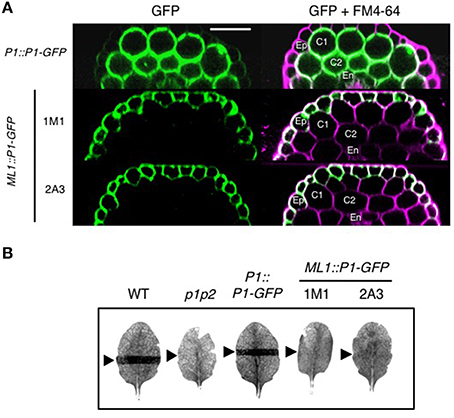
John Christie (Glasgow) is the corresponding author on this investigation into the role of the blue-light receptor phototropin 1 (phot1) during hypocotyl phototropism. Curvature of this organ is enhanced by treatment by red-light mediated by the phytochromeA receptor. However this study shows that pre-treatment with blue-light can also enhance this hypocotyl curvature although this did not occur at higher light intensities. In addition phototropic enhancement was also lacking when PHOT1 is expressed only in the hypocotyl epidermis. Therefore the study shows that the phyA impact on phot1 signaling is restricted to low light intensities and in tissues other than the epidermis.
Zhong Tang, Yanling Lv, Fei Chen, Wenwen Zhang, Barry P. Rosen, and Fang-Jie Zhao (2016) Arsenic Methylation in Arabidopsis thaliana Expressing an Algal Arsenite Methyltransferase Gene Increases Arsenic Phytotoxicity J. Agric. Food Chem. http://dx.doi.org/10.1021/acs.jafc.6b00462 Open Access 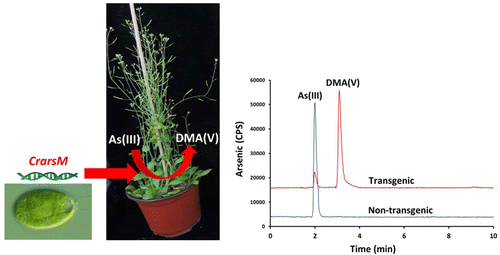
This synthetic biology-focused study is led by Fang-Jie Zhao at Rothamstead Research. The authors take an algal gene (arsM) that allows the transformation of inorganic arsenic to a more volatile methylated version. The biological activity of this enzyme was successfully transferred to two different Arabidopsis ecotypes. However interestingly these transgenic plants became more sensitive to arsenic in growth media suggesting that the new methylated arsenic intermediate is more phytotoxic than inorganic arsenic. Therefore this study demonstrates a negative consequence of this project that attempted to engineer arsenic tolerance in plants. Once again this demonstrates that nature rarely acts predictably and any great ideas usually need to be tested in vivo.
Ploch S, Rose L, Bass D, Bonkowski M (2016) High Diversity Revealed in Leaf Associated Protists (Rhizaria: Cercozoa) of Brassicaceae J Eukaryot Microbiol. http://dx.doi.org/10.1111/jeu.12314
After a fantastic opening line in the abstract, ‘The largest biological surface on earth is formed by plant leaves’, this study includes the work of David Bass from the Natural History Museum in London. They investigate the abundance of protists that associate with leaf-inhabiting microorganisms, the “phyllosphere microbiome“. Their findings demonstrate that protists should be considered an important part of the diversity of plant-interacting microbial organisms.
Hunter LJ, Brockington SF, Murphy AM, Pate AE, Gruden K, MacFarlane SA, Palukaitis P, Carr JP (2016) RNA-dependent RNA polymerase 1 in potato (Solanum tuberosum) and its relationship to other plant RNA-dependent RNA polymerases Sci Rep. 6:23082 http://dx.doi.org/10.1038/srep23082 Open Access
John Carr (Cambridge) is the UK-lead on this collaboration with Slovenian and Korean researchers. They primarily investigate the role of the RDR1 RNA-dependent RNA polymerase (RDRs) in potato. In Arabidopsis the RDR1 gene contributes to basal viral resistance but potato plants deficient in StRDR1 do not show altered susceptibility to three different plant viruses. In addition they perform a phylogenetic analysis on the RDR genes and identify a novel RDR7 gene that is only found in Rosids (but not Arabidopsis.

